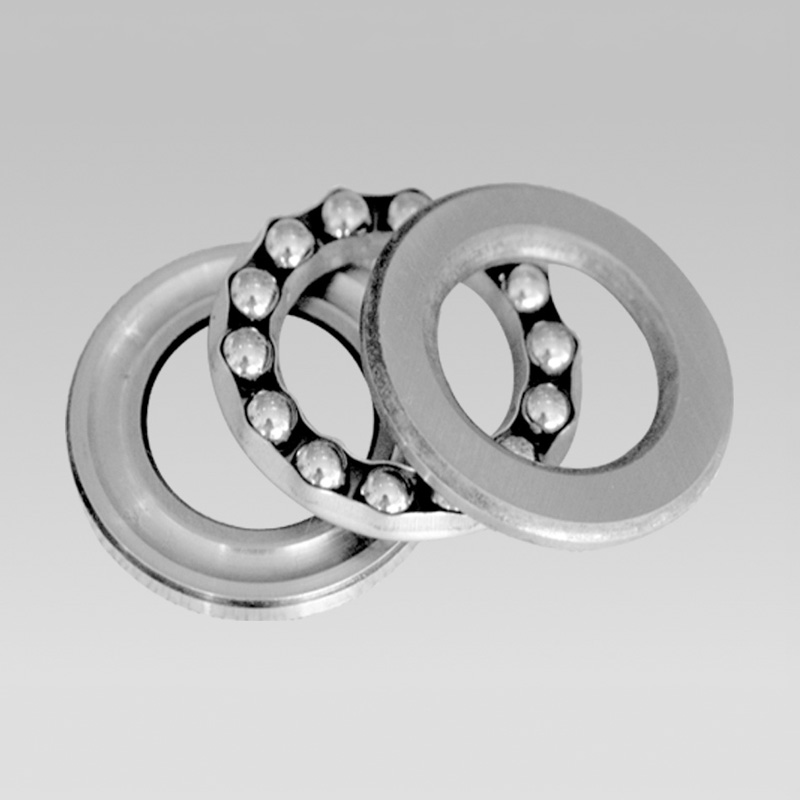
Aug . 09, 2024 01:50 Back to list
High Precision Miniature Angular Contact Bearings for Compact Applications and Enhanced Performance
Understanding Miniature Angular Contact Bearings
Miniature angular contact bearings are specialized mechanical components that play a crucial role in various applications requiring precision and compactness. These bearings are designed to accommodate both radial and axial loads simultaneously, which makes them highly versatile for use in precision instruments, aerospace applications, robotics, and medical devices.
Design and Features
Miniature angular contact bearings typically feature a small diameter, making them ideal for applications with space constraints. The assembly consists of an inner ring, an outer ring, balls, and a cage. The angular contact design allows the bearing to take on loads at an angle, which enhances their ability to manage combined loads effectively. The contact angle—the angle between the line of action of the load and the radial plane—varies based on the specific design and intended application, with common angles ranging from 15 to 40 degrees.
One notable characteristic of miniature angular contact bearings is their high-speed capability. The precision machining of the bearing components results in reduced friction, allowing for smooth operation even at elevated speeds. Additionally, they are available in various materials, including stainless steel, ceramic, and polymer, enabling usage in diverse environments, including those with high corrosion potential or extreme temperatures.
Applications
Due to their robust design and efficient load handling capabilities, miniature angular contact bearings find references in numerous industries. In the medical field, they are utilized in surgical instruments and imaging equipment, where precision is paramount. Similarly, in the aerospace sector, these bearings are essential in gyroscopes and control systems, where they contribute to the overall reliability and accuracy of flight operations.
miniature angular contact bearings

In robotics, miniature angular contact bearings facilitate movement and support mechanical arms or rotating joints, ensuring smooth and precise operation. Furthermore, in the world of consumer electronics, they are often employed in disk drives and motors, where compact size and performance are critical.
Advantages
The advantages of using miniature angular contact bearings extend beyond their compact size. Their ability to support both axial and radial loads simultaneously leads to better performance and longevity in applications. The reduced friction contributes to lower energy consumption, enhancing the overall efficiency of the machine or device they are part of.
Furthermore, their high precision enables tighter tolerances, which are essential in applications where minute adjustments can have significant effects on performance. This capability ensures that the systems employing these bearings maintain their accuracy over extended periods.
Conclusion
In summary, miniature angular contact bearings are indispensable components in modern engineering and manufacturing sectors. Their unique design and functionality allow for efficient load distribution, reduced friction, and enhanced speed capabilities, making them suitable for a wide range of applications. As industries continue to innovate and seek compact, high-performance solutions, the demand for such bearings is expected to remain strong. Understanding their characteristics and advantages is essential for engineers and designers looking to harness the full potential of these remarkable mechanical devices. Whether in medical technology, aerospace, or consumer electronics, miniature angular contact bearings are set to play a vital role in the advancement of precision engineering.
Latest news
-
Common Failures in Thrust Ball Bearings and Solutions
NewsAug.22,2025
-
How Tapered Roller Bearings Can Take Shock Loads
NewsAug.22,2025
-
Angular Bearings in High-Precision Spindles
NewsAug.22,2025
-
The Impact of Misalignment on Cylindrical Roller Bearing Performance
NewsAug.22,2025
-
The Role of Cage Design in Deep Groove Ball Bearing Durability
NewsAug.22,2025
-
The Impact of Material Quality on Machinery Bearings’ Lifespan
NewsAug.22,2025
